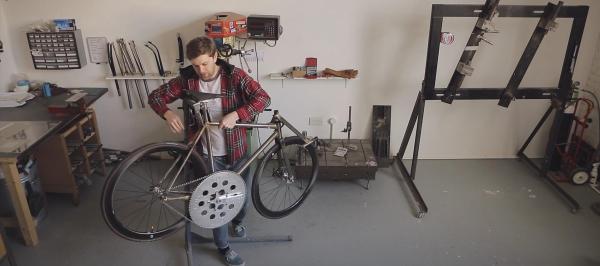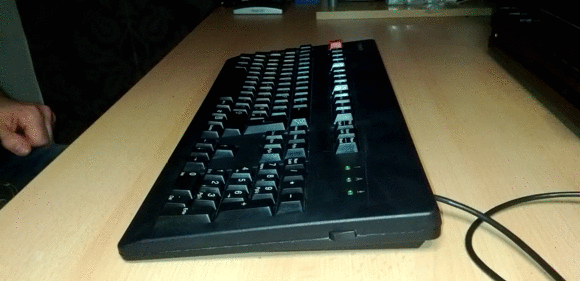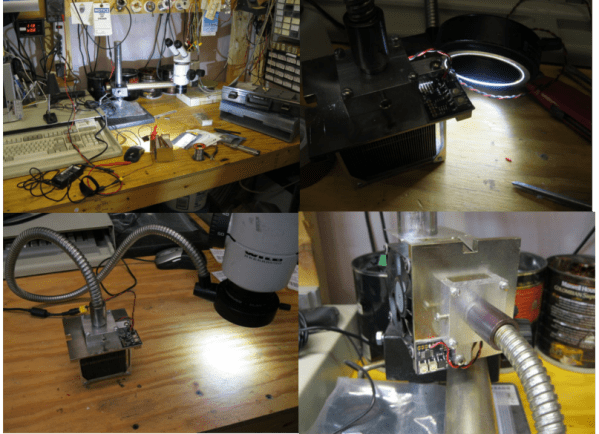[Donhou] had a dream. To create a road bike capable of reaching 100mph (160km/h).
He damn well near did it too. The goal of this project wasn’t to set a land speed record, but more of an experiment in design, and building a really fast bike that still looks like a bicycle. In case you’re wondering though, the land speed record is currently set at 167mph by [Fred Rompelberg] who was drafting behind a dragster on the Salt Flats of Bonneville.
The bike features custom everything; a welded lightweight frame using Columbus Max tubing (to help with speed wobbles), super low handlebars for aerodynamics, and a massive 104 tooth chainring which almost scrapes the ground as you pedal. Even the rims and tires are unique — regular bicycle wheels just aren’t designed to go that fast.
We aren’t even bike nuts, but we thoroughly enjoyed the awesome 9-minute documentary on this project. Check it out after the break.


















